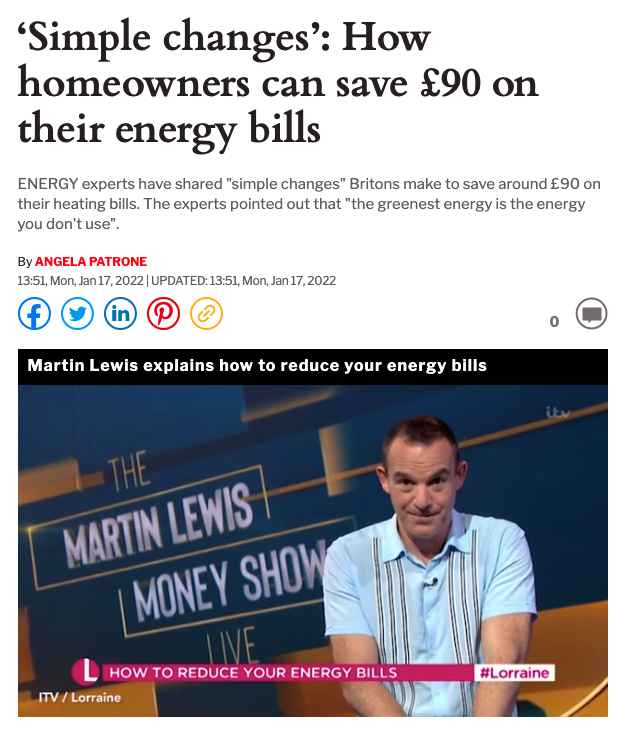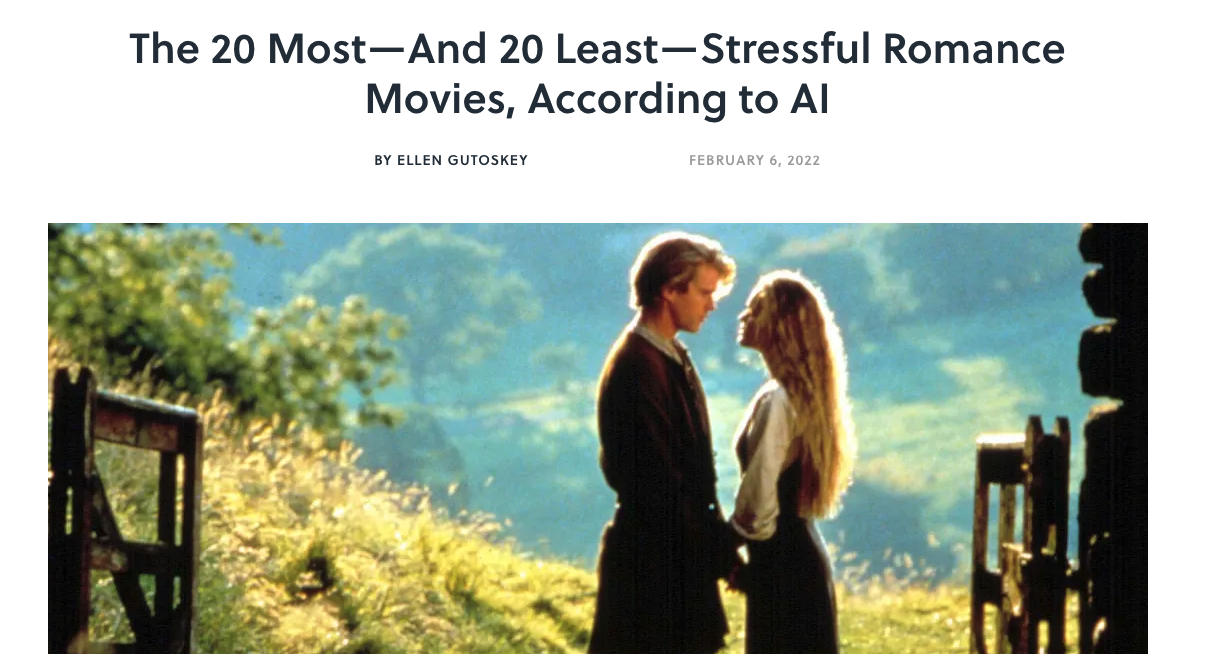3 min read
Honchō Scoops Up Two UK Search Awards!
It’s official, we've added not one, but two shiny trophies to our awards cabinet! We’re over the moon to share that we’ve triumphed at the UK Search...
4 min read
 Lauren Field
:
Feb 25, 2022 4:58:00 AM
Lauren Field
:
Feb 25, 2022 4:58:00 AM
When you hear terms relating to reactive PR, you may automatically visualise a team desperately mass contacting journalists on the latest breaking news story with a loosely-related hook to the brand they represent.
Here at Honchō, we don’t think reacting to every news story is sensible, particularly if it doesn’t make sense for the brand. However, having a blended always-on approach can be a successful strategy for consistently building links when you apply it appropriately in the correct niches.
There is a difference between being reactive and proactive as a strategy and we’ve outlined the difference in both styles of outreach below:
Reactive PR is defined by strategies that relate to responding to the trending news cycle that aligns with your client’s needs, goals and expertise – this can also involve responding to news that may negatively impact your clients through crisis management.
A reactive approach often means as a specialist you look out for the trending news stories of the day and tie in your brand with unique data, commentary or occasionally, content the brand may have created in the past that ties into the current news cycle.
This can be a good strategy if the brand you represent has a wealth of unique data or authentic internal specialist expert commentary. Examples of industries where this can work well – for insurance, property and travel.
One of the brands we represent is GEUK, a green energy supplier. With many news stories relating to the fuel crisis and rising energy bills being wholly negative, we saw an opportunity to place a story using expertise from GEUK which landed them in the Daily Express and The Daily Record. With many energy brands in the month of January being shown in a negative light, we turned internal expertise into a positive.

When selling in a reactive strategy for a brand, it is vital to be aware of the constraints of the brand itself.
Reactive often doesn’t guarantee a big number of links and often isn’t the purpose, it is usually to trickle links in between those hero campaigns. It is important not to sell in reactive as a solo link-building tactic as you may end up disappointing your client with the results.
Reactive means reacting to things journalists are already writing about and sometimes by the time you are ready to pitch, the moment has passed. With a 24/7 news cycle, it is almost impossible to keep on the ball.
Education on types of link building can set expectations from the outset. Showcase the input and output, be honest with what you can realistically achieve.
If reactive is not quick and straightforward for the brands you work with. Or if you feel resistance or get little results, it may be due to the strategy not being right for who you represent, and that is okay!
Proactive PR (or preplanned reactives as I like to call them) may be for you if you don’t think you can apply the above!
A proactive, or pre-planned approach, means leveraging the cyclical nature of the news cycle to gain coverage and links for your clients.
We know that the same news stories happen every year often around events that are predetermined from January 1, for example:

Whilst these are the more mainstream examples, there are likely some cyclical events that happen for the industries and brands you represent that are niche.
Here at Honchō, we build content for our own link building purposes and we often do this around calendar events, this is because we have an idea or data set that we found that isn’t relevant for a client but we still want to test our ideas.
We created a campaign for the Christmas period, The Most Relaxing Christmas Films. The methodology was something as a team we discussed and wanted to outreach as a fun piece during the Christmas period.
Planning ahead meant we had enough time to collect the data, as well as build our prospect list long before the Christmas break, and also this gave plenty of time for journalists to schedule their content over the holidays.
Initially, we had gained several great links in JPI regional websites, but when we returned from the Christmas break we also had links in high authority sites such as Fox News, NYPost and House Beautiful. Overall it resulted in over 107 links.
The benefit of looking ahead, planning and getting organised means you have time to get whatever you require and prep it in advance for your targeted journalists. You may even be able to contact a handful of journalists beforehand to find out what they want/need, or to let them know you’re ready for an upcoming event ahead of time.
Anything you need can be done well before the deadline, our data, assets, and comments can be signed off in advance avoiding the red tape and wasted time that can happen with a reactive agenda. This also means you have the chance to stand out and be unique. If things change in the news cycle you can then add and tweak on top of what you have already prepared, allowing you to have a more refined reactive strategy as well.
This means you are more likely going to be ahead of any competitor reactive strategy and have well-defined objectives in mind.
Proactive means just that, you aren’t waiting for the news to happen, but becoming a time-traveller and anticipating the needs of the journalists in advance. If you can get this strategy right you will have your foot in the door first and will see the benefit in your clients’ coverage too.
If you’re looking for campaign support, head to our Digital PR services page now to learn how we can help you.

3 min read
It’s official, we've added not one, but two shiny trophies to our awards cabinet! We’re over the moon to share that we’ve triumphed at the UK Search...

5 min read
Understand ecommerce attribution models which attribution models can maximise your marketing efforts and ROI.

3 min read
Explore how social commerce is changing the way we shop online, blending social interactions with digital commerce for a seamless buying experience.